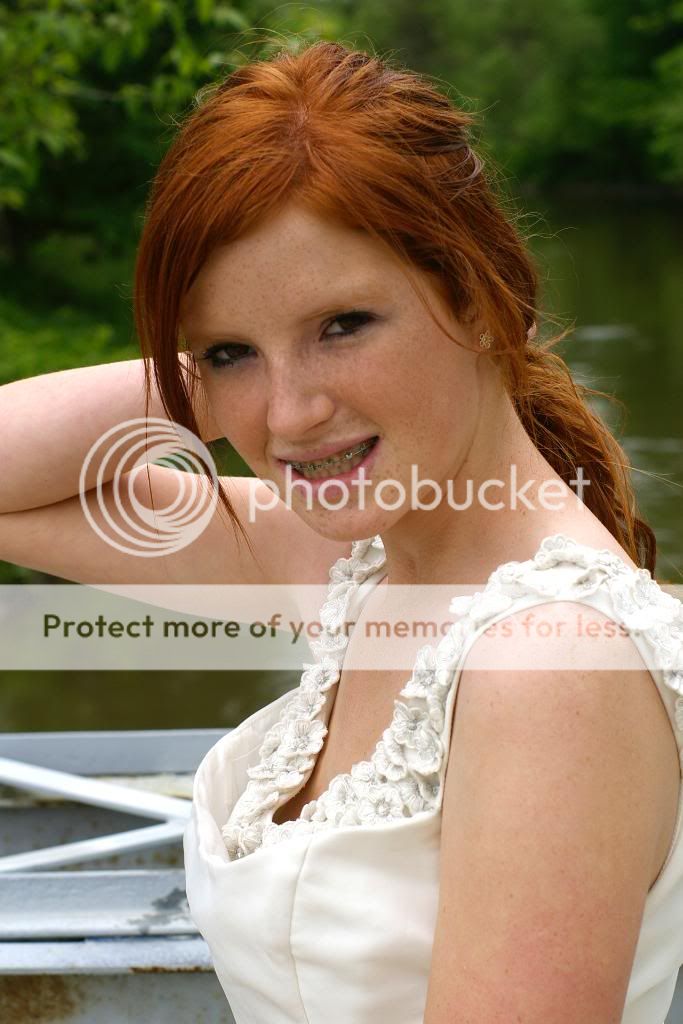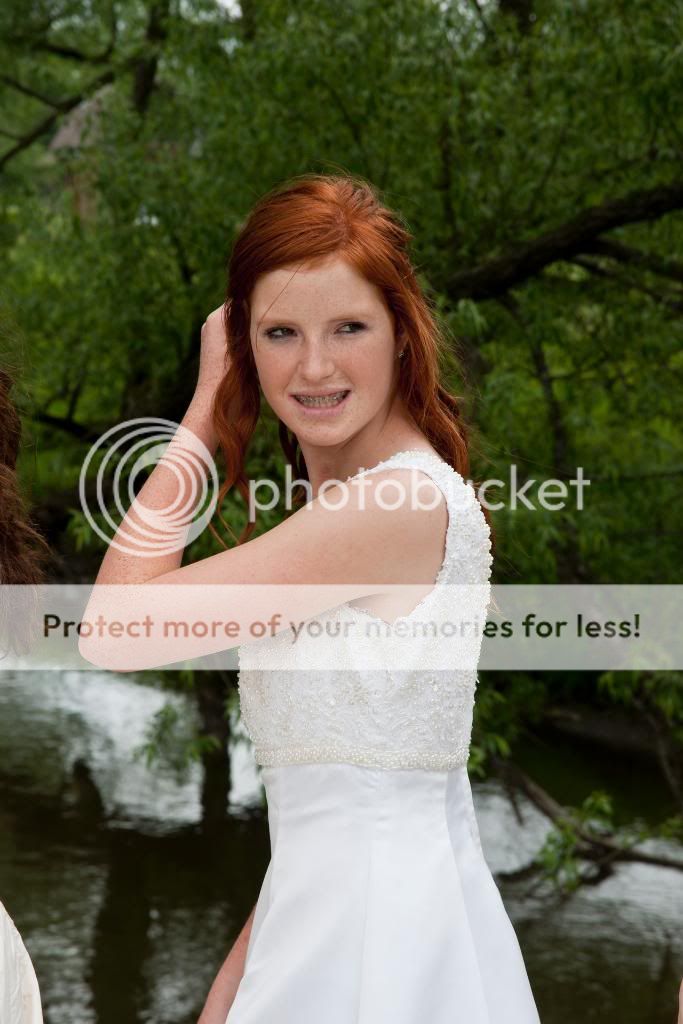A few thoughts not really in response to any comments here.
- I've found Ken Rockwell to offer reasonable opinions on camera gear often shopped by photography hobbyists as well as folks simply wanting to buy good camera gear for their family and travel snapshots. Yes, he overly simplifies things at times and he tends to focus on kit and less expensive lenses. He makes valid points at times in that a heavy $2000 US pro-grade lens left at home because it's too big and heavy to carry isn't as good of choice as the inexpensive and light weight kit zoom. Where I believe he misses the point for many photographers is the opinions he holds for much of what we do as being simple gear lust and not some search for high quality products which offer the opportunites we need to acheive the results we seek. The link here to the Online Photographer blog post on lens sharpness (an excellent blog post, by the way, and I find that blog a great read) is very telling. The Frank Petronio portrait of the girl adjacent to the field illustrates just about everything I've ever found fascinating about camera lenses. With his stated purpose, Ken Rockwell can't produce the results spoke of and shown in that blog post. Which is okay.
- Sure, every lens can offer sharp results - most of us made that realization some time ago. I'm interested in how and under what circumstances a lens offers results I find pleasing and I often find that a lens considered as "good" doesn't impress me as much due to how the image results transition from visible sharpness to unsharpness. A limited DOF is a telling avenue for determining these characteristics. The way that the sharpness-to-unsharpness relationship changes and the rate of that change both matter. Perhaps an inexpensive lens found to be "sharp" at F11 or F16 doesn't present any problems regarding sharp focus to soft focus due to the extended DOF. Again, that's certainly okay. I'm not sure I want a lens I would continuely need to stop down to F16 for best results.
- Ken Rockwell mentions a letter from Ansel Adams to Edward Weston regarding lens sharpness. That's an interesting communication to build an opinion piece on. Adams was notoriously opposed to pictorialist photography and a supporter of Group f64 as he probably should have been considering his interest in photorealist landscapes. I could describe Weston's work in still life photography as similar. I suspect the conversation was less about base lens sharpness than lens DOF characteristics I would describe as a "flatter curve" on either side of the point of sharpness.
From the Edward Weston web site bio page, one clip on Weston from the time of that letter from Adams:
"After moving back to California in 1926, Weston began his work for which he is most deservedly famous: natural forms, close-ups, nudes, and landscapes. Between 1927 and 1930, Weston made a series of monumental close-ups of seashells, peppers, and halved cabbages, bringing out the rich textures of their sculpture-like forms. Weston moved to Carmel, California in 1929 and shot the first of many photographs of rocks and trees at Point Lobos, California. Weston became one of the founding members of Group f/64 in 1932 with Ansel Adams, Willard Van Dyke, Imogen Cunningham and Sonya Noskowiak. The group chose this optical term because they habitually set their lenses to that aperture to secure maximum image sharpness of both foreground and distance. 1936 marked the start of Weston’s series of nudes and sand dunes in Oceano, California, which are often considered some of his finest work. Weston became the first photographer to receive a Guggenheim Fellowship for experimental work in 1936. Following the receipt of this fellowship Weston spent the next two years taking photographs in the West and Southwest United States with assistant and future wife Charis Wilson. Later, in 1941 using photographs of the East and South Weston provided illustrations for a new edition of Walt Whitman’s Leaves of Grass."
http://www.edward-weston.com/index.htm
I've always considered the Group f64 goal as one of appropriate DOF rather than maximum lens sharpness. Funny, having received that Guggenheim Fellowship in 1936 I suspect Edward Weston was indeed shopping for new camera gear. It's not that the lens gear used at that time was simple but that the enlargement ratios being considered for final prints were less than a person might see today with an APS-C digital camera. And these were photographers who knew proper mechanical technique.
- Finally, what does all of this mean for me? I really like the "super-sharp" nature of my Nikon lenses but I see them as having a documentary style to them. I know my Pentax lenses are just as sharp in real world terms but they offer a more relaxed, pictorial feel for images which I find more pleasing. Perhaps it's Pentax's fault with their multi-coating techniques developed during the 1960s and now shared with all of the camera manufacturers but differences between the image quality of lenses today is difficult to nail down, almost prompting a search for what can best be described as the desired voo-doo. Maybe the big mistake made has been that of perfecting lens performance to the point that our images are qualitative superstars but at times not really all that interesting.


 Similar Threads
Similar Threads 

















 Post #8 by tromboads
Post #8 by tromboads








